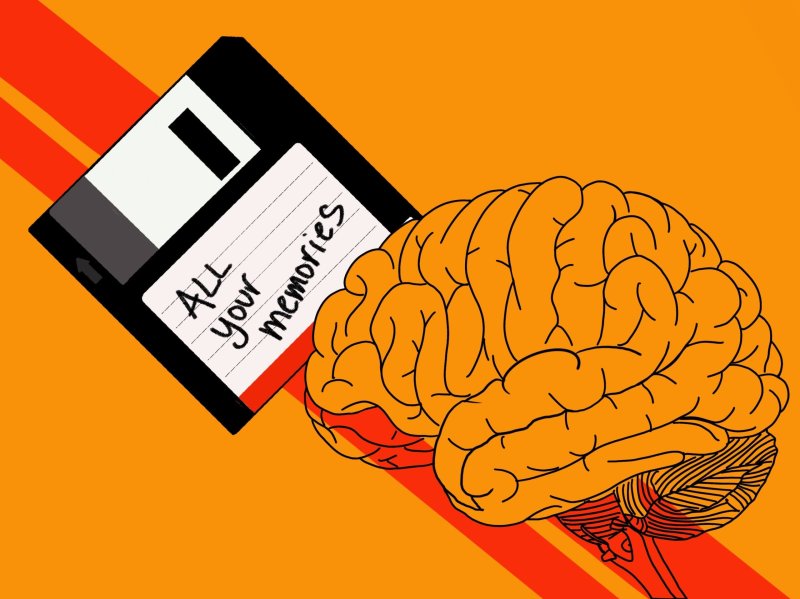For centuries, scientists have been arguing about where memory resides in the brain. I explore the fascinating history of this quest to characterize the machinery of memory in my latest book, The Idea of the Brain.
Our modern understanding of the nature of memory can be traced back to the 1940s. The Canadian psychologist Donald Hebb argued that “memory must be structural,” and based on networks of cells. These networks, Hebb claimed, became better connected with repeated experience—the presentation of food after the sound of a bell, for example. This idea is often summarized as “cells that fire together wire together.”
…
The search for memory’s seat in the human brain seems even more complex today. Researchers now know that memories may not be found in a single place, but precise cells and structures play a key role in memory formation and recall. Memories are often multimodal, involving place, time, smell, light, and so on, and they are distributed across the cortex through intricate neural networks. Our brains might be like computers in terms of how they sometimes process information, but the way we store and recall our memories is completely different. We are not machines, nor are we like any machine we can currently envisage.
































